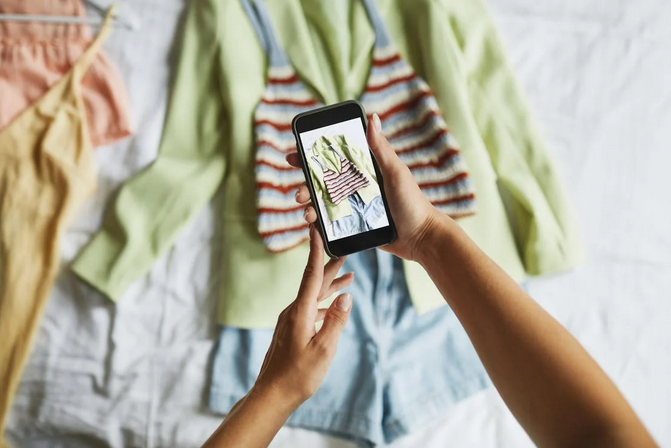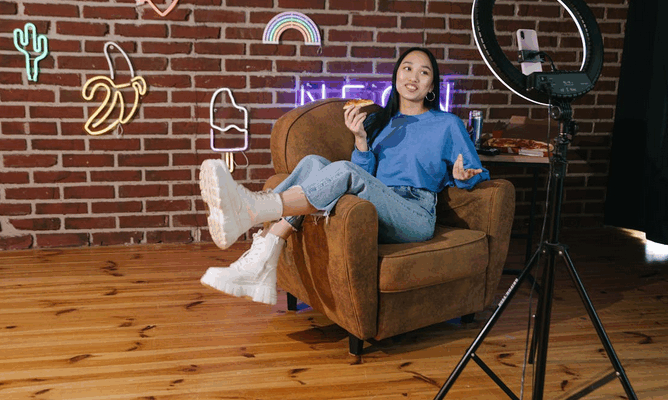Influencers have become the modern-day celebrities of the internet, shaping trends, selling products, and connecting brands with millions of followers. But while influencer marketing is often hailed as the holy grail of advertising, there’s a darker side to this digital phenomenon that many don’t talk about. From misleading promotions to toxic behavior, some influencers act less like role models and more like instigators—stirring controversy, spreading misinformation, or even exploiting their audiences. So before you hit that “Follow” button or trust that next shiny product recommendation, it’s worth asking: what are the hidden risks lurking behind the polished posts?
The Blurred Lines Between Authenticity and Advertisement
One of the biggest issues with influencer marketing is the difficulty in distinguishing genuine recommendations from paid promotions. Many influencers mix their personal content with sponsored posts so seamlessly that followers can’t tell what’s real and what’s marketing. This blurring can lead to trust issues, especially when influencers promote products they don’t actually use or believe in. It creates a cycle where followers buy into hype instead of honest opinions, and brands risk being associated with inauthentic endorsements.
The Problem of Misinformation

The rapid rise of influencer culture has also fueled the spread of misinformation. From health advice to financial tips, influencers sometimes share content that’s misleading or factually incorrect—whether intentionally or out of ignorance. Given their large followings, these false messages can spread quickly and cause real harm. Brands partnering with influencers who don’t fact-check or responsibly communicate can face backlash, legal issues, or reputational damage.
When Controversy Becomes Currency
Some influencers gain fame not just through their content but by pushing the envelope and courting controversy. Provocative opinions, heated arguments, or deliberate drama can attract views and engagement—but they also come with consequences. Controversial influencers might stir division, spread harmful stereotypes, or fuel online harassment. While the buzz can boost visibility in the short term, it often damages the influencer’s credibility and can drag brands down with it.
Exploitation of Vulnerable Audiences

Many influencers target young, impressionable followers who might not have the critical thinking skills to evaluate marketing tactics or claims. This can lead to exploitation—encouraging unhealthy body standards, unrealistic lifestyles, or excessive consumerism. The pressure to keep up with influencer trends can contribute to anxiety, low self-esteem, and financial strain. When influencers prioritize profit over responsibility, their impact on vulnerable audiences can be deeply damaging.
The Ethical Responsibility of Brands
Brands looking to leverage influencer marketing must tread carefully. Choosing the right influencer means more than checking follower counts—it involves assessing values, transparency, and past behavior. Ethical brands work with influencers who align with their mission and are committed to honest communication. They also insist on clear disclosures to protect consumers. When brands ignore these factors, they risk fueling the darker aspects of influencer culture—and ultimately alienating their customers.
Influencer marketing isn’t inherently bad—it can be a powerful way to connect with audiences and build trust. But like any tool, it can be misused or abused. The digital spotlight can turn influencers into either positive role models or instigators of controversy and misinformation. As consumers, brands, and marketers, the challenge is to recognize this complexity and demand accountability. After all, the influence wielded online should be a force for good, not a shortcut to chaos. So next time you scroll through your feed, take a moment to think critically about who’s really behind the endorsement—and what kind of influence they’re truly having.


